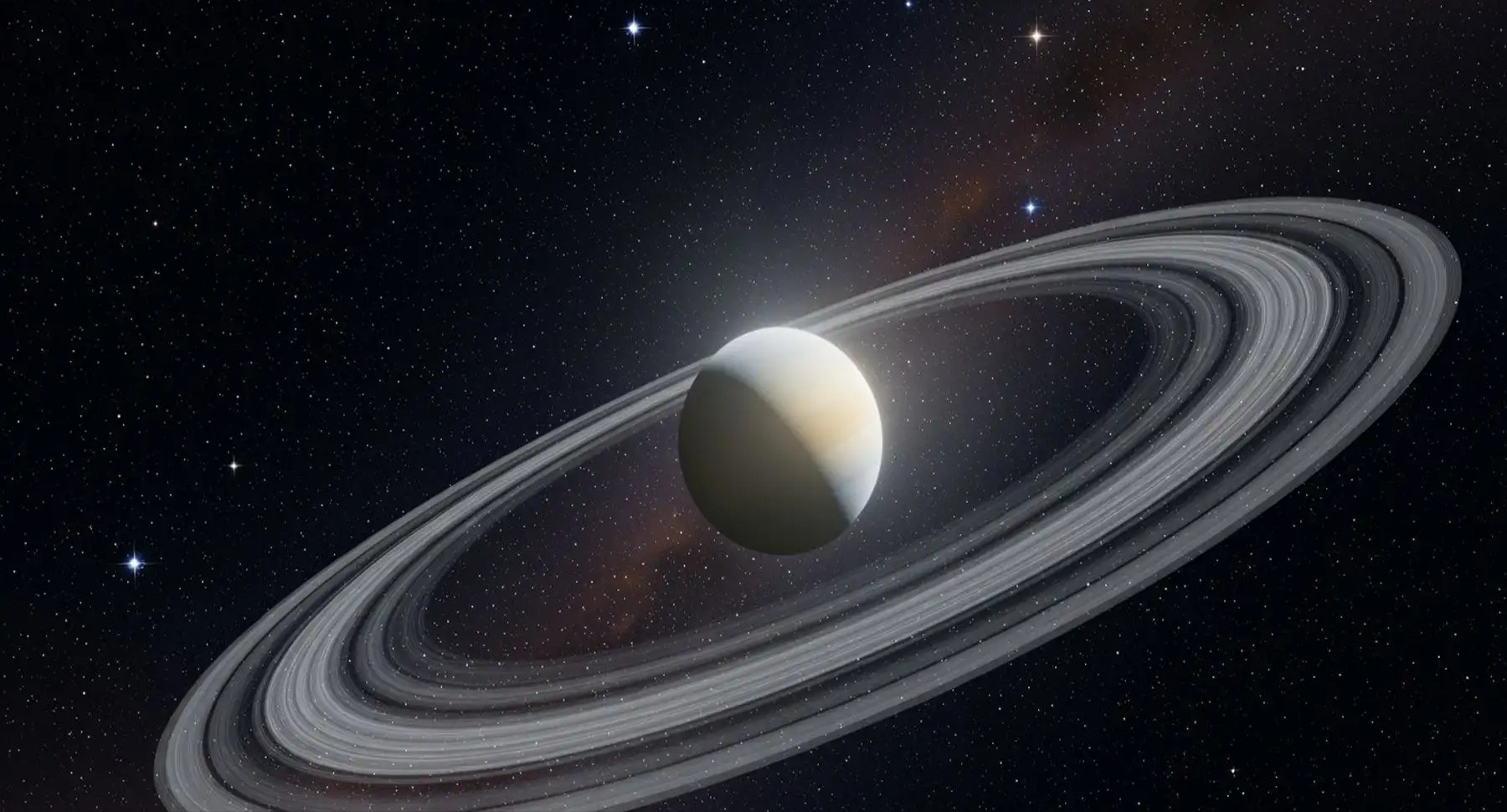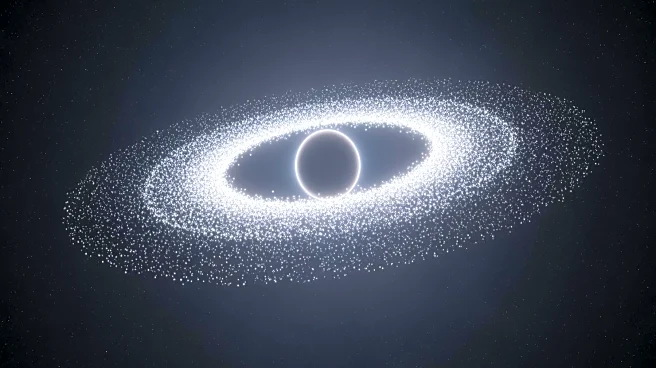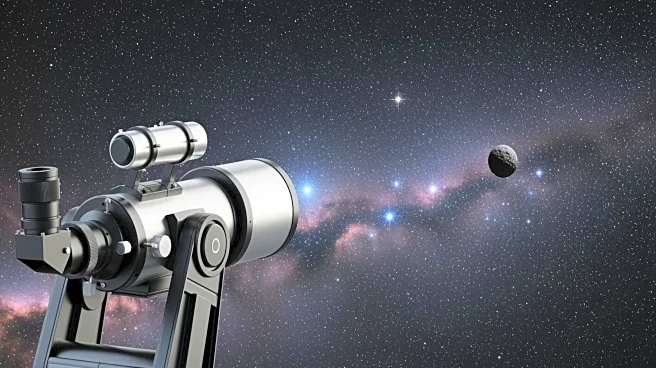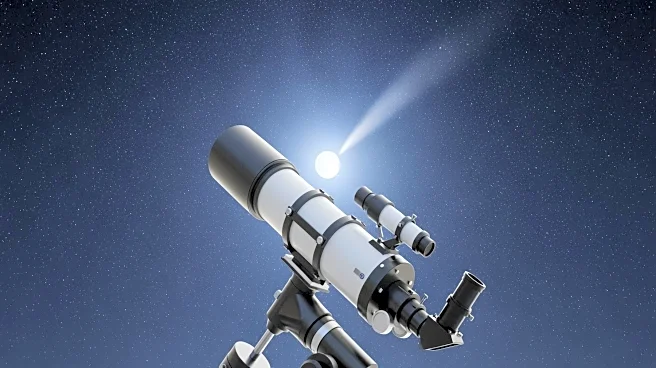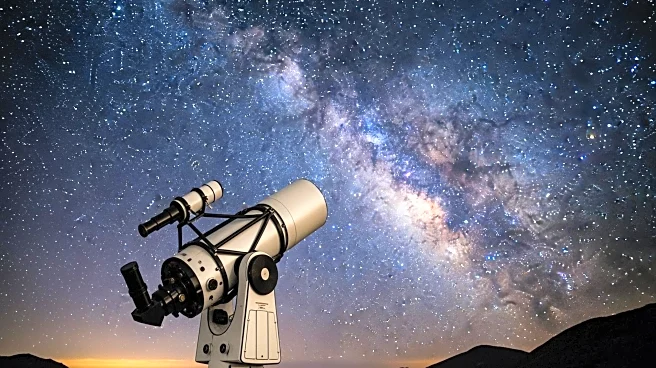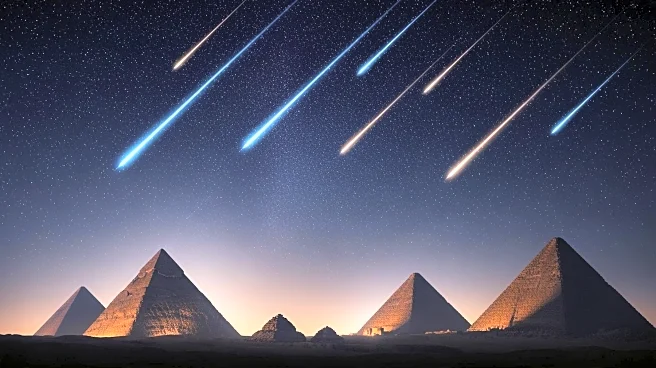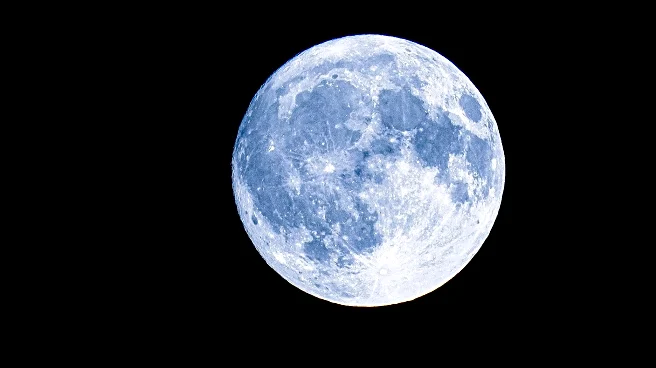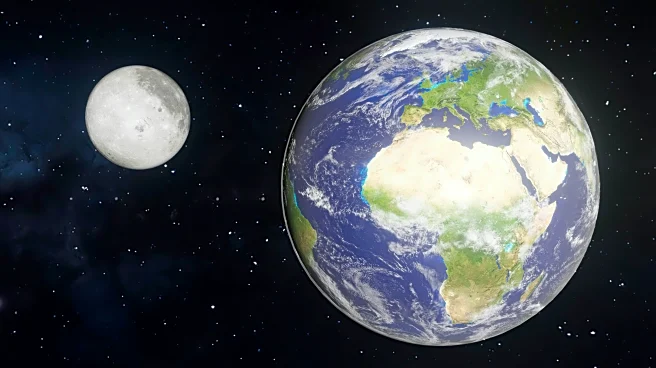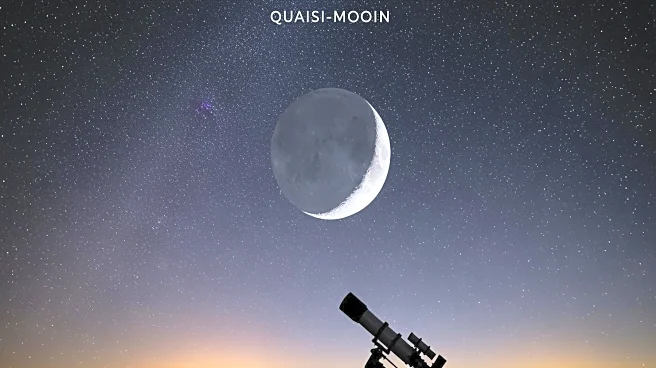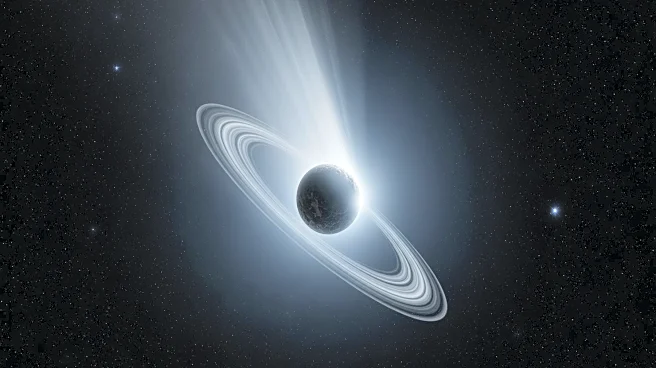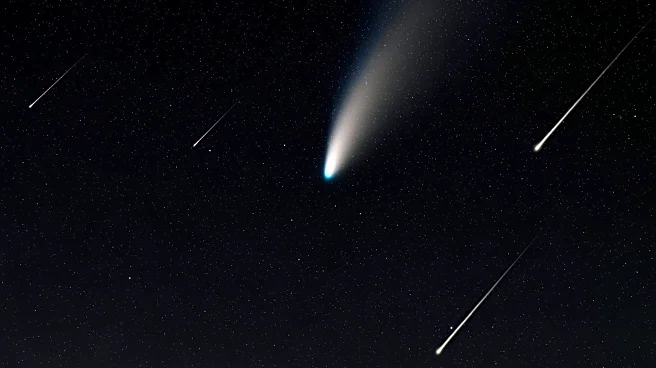What's Happening?
Astronomers have observed that the small icy world Chiron, located between Saturn and Uranus, is developing a new ring system. This discovery was made by a team of Brazil-based astronomers who found that the material
orbiting Chiron is in a transitional state, suggesting the formation of a ring system. Chiron, a centaur object, has been known to occasionally brighten and emit gas and dust, indicating dynamic changes in its environment. The findings provide a rare opportunity to study ring formation in real-time.
Why It's Important?
The observation of Chiron's evolving rings offers valuable insights into the processes that form ring systems around celestial bodies. Understanding these processes can shed light on the history and evolution of our solar system, particularly the formation of rings around larger planets like Saturn and Uranus. This discovery could also enhance our knowledge of centaur objects, which exhibit characteristics of both asteroids and comets. The study of Chiron's rings may lead to new theories about the stability and longevity of ring systems.
What's Next?
Further observations are needed to confirm the ongoing evolution of Chiron's rings. Astronomers plan to capture more events where Chiron passes in front of distant stars to gather additional data. High-resolution observations could provide more details about the ring's composition and structure. A dedicated space mission to observe Chiron directly could offer unprecedented insights into this intriguing system.
Beyond the Headlines
The discovery raises questions about the mechanisms preventing the ring material from coalescing into a moon, as expected beyond the Roche limit. This could lead to new understandings of the forces at play in ring systems and their interactions with surrounding celestial bodies.
